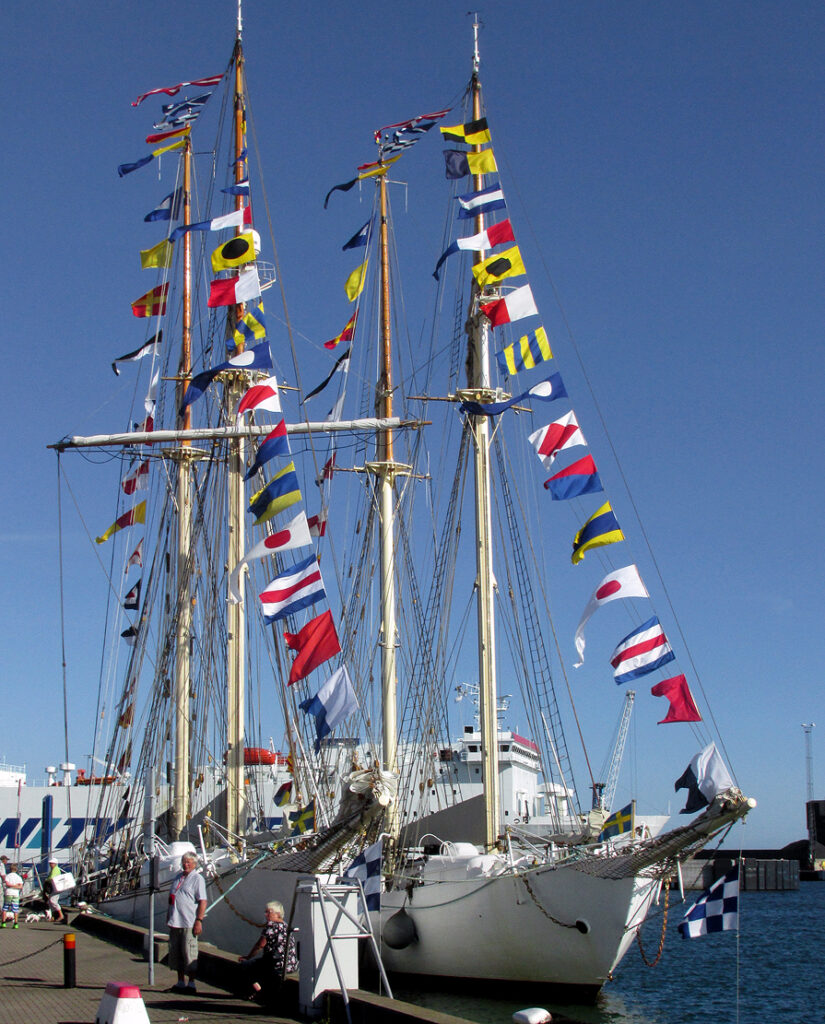Decoding International Signal Flags
Posted
Last Updated
By Boat Safe.
Although you may never see them displayed except at fleet parades, around naval installations, and areas with heavy international shipping traffic, International code flags are used to signal between two ships or between ship and shore. Also called signaling flags, they are a set of ship flags of different colors, shapes and markings which used singly or in combination have different meanings. These maritime flags include 26 square flags which depict the letters of the alphabet, ten numeral pendants, one answering pendant, and three substituters or repeaters.
Only a few colors can be readily distinguished at sea. These are: red, blue, yellow, black, and white; and these cannot be mixed indiscriminately. You will notice, for clarity, the flags shown are either red and white, yellow and blue, blue and white, or black and white; besides plain red, white, and blue.
One-flag signals are urgent or very common signals (see meanings below). Two-flag signals are mostly distress and maneuvering signals. Three-flag signals are for points of the compass, relative bearings, standard times, verbs, punctuation, also general code and decode signals. Four-flags are used for geographical signals, names of ships, bearings, etc. Five-flag signals are those relating to time and position. Six-flag signals are used when necessary to indicate north or south or east or west in latitude and longitude signals. Seven-flags are for longitude signals containing more than one hundred degrees.
READ more at https://www.boatsafe.com/international-code-signaling-flags/
Just for fun — type in your name and see it in International Marine Signal Flags: https://www.enchantedlearning.com/signalflags/nameinflags.shtml

